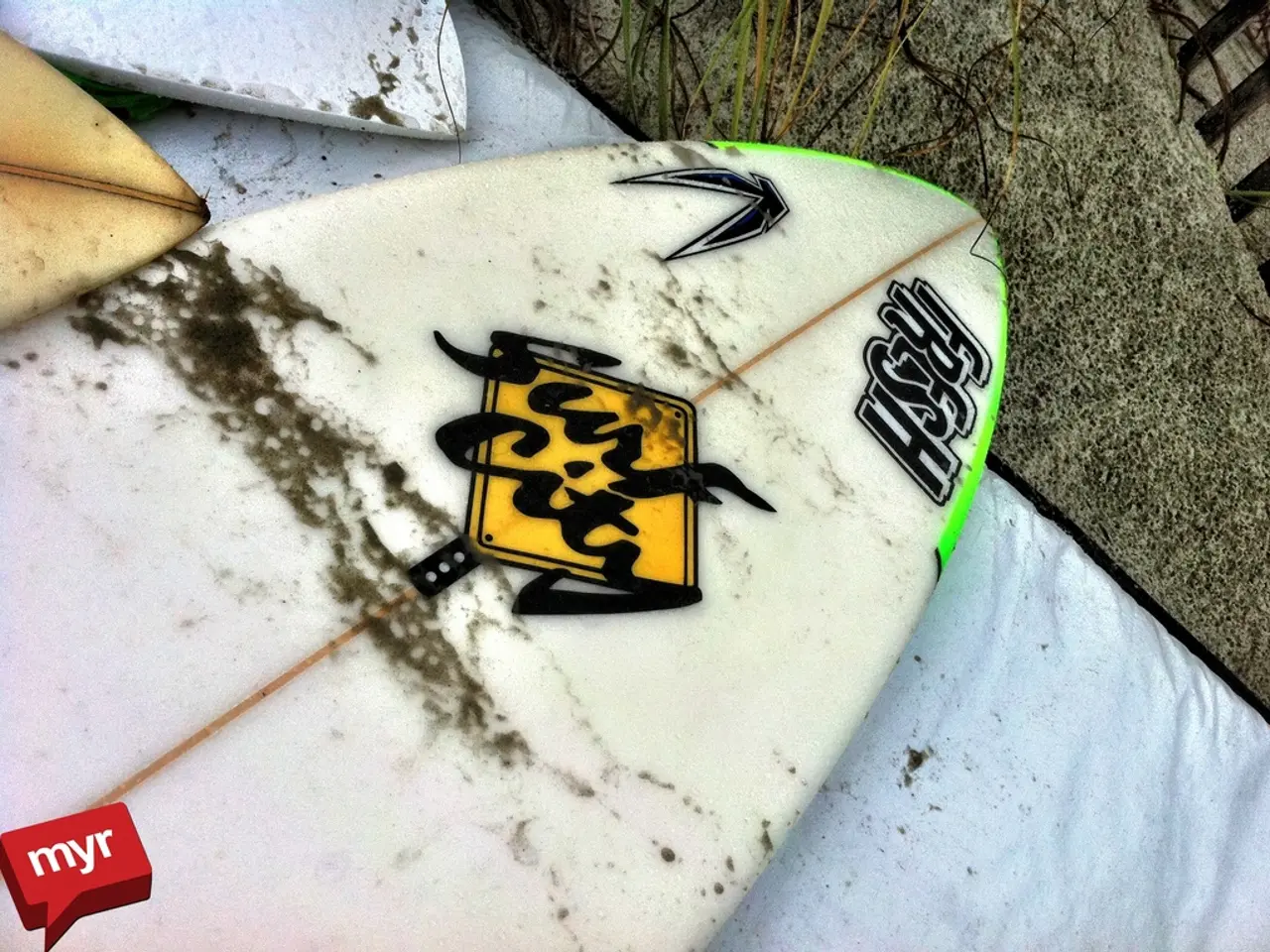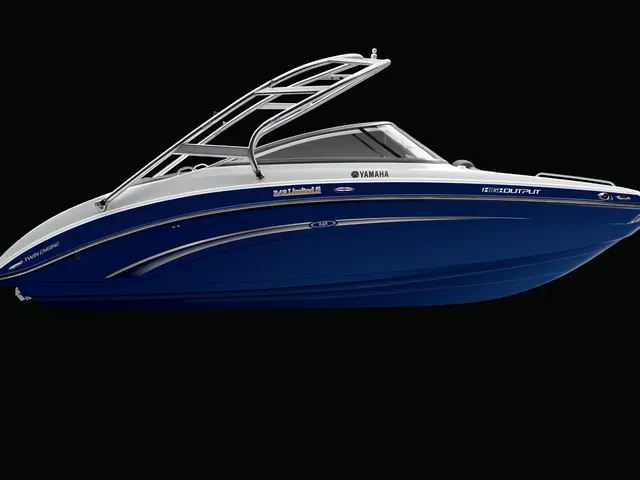Discovering Japan's Secluded Beauty: Small Fishing Villages on Remote Islands Now Eye-catching Cruise Stops
The Ryukyu Kingdom, a tributary state of Ming China, ruled the string of islands from Southern Japan to Taiwan for about 450 years before its annexation by the Meiji government of Japan in 1879. The largest island in this chain, Okinawa, is home to Yonabaru Marina, a popular spot for visiting yachts to clear into Japan and enjoy an affordable lift out. This was the starting point for our Japanese cruise, as we set sail to explore the lesser-known benefits of this captivating archipelago.
Our journey began in the spring, with migratory cyclones and anticyclones bringing constantly changing conditions. From strong breezes to calms, the weather kept us on our toes. Yet, the warm hospitality experienced by cruisers in Japan more than made up for any challenges we faced. The warmest welcome came in Sado, an island off the coast of Niigata, where the locals went above and beyond to make us feel at home.
The unique Ryukyu culture is still present in local dialects and cuisine. Indigenous liquor Awamori and cuisine with Chinese influences are must-tries for anyone visiting the region. Hirado, Japan, birthplace of Zheng Chenggong, also known as Koxinga, the Ming general and pirate who drove the Dutch out of Taiwan in the 17th Century, was another fascinating stop.
As we sailed on to Kyushu Island, the first of the main five islands of the archipelago, we visited Hirado and Nagasaki, two neighbouring ports on the west coast of Kyushu, which were Japan’s main trading ports for centuries. Hirado was used for trade with Korea and China for centuries before the first Portuguese ship arrived in 1550, marking the first interactions between Japan and the West.
The Dutch were later forced to move their operations to Dejima Island, a man-made island in the heart of the port of Nagasaki. Dejima Island was later reclaimed and carefully reconstructed, turning it into a lively museum telling the story of Japan’s love-hate relationship with maritime trade.
Upon our arrival at Ishigaki, the most southerly port of clearance in Japan, we were greeted by more than a dozen officers. Despite Fiona's concerns about arriving before 0900, the officers carried out their tasks efficiently and politely, checking various aspects of the boat and even asking us to dispose of all grains and vegetables.
Cruising around Japan offers international sailors several lesser-known benefits beyond the well-publicized cultural sightseeing and culinary experiences. One such benefit is access to unique regional experiences. Fishing ports in Japan are basic but offer a chance to tie to concrete sea walls or piers, which can be kept at bay with oversized fenders and fender boards.
The new system introduced by Japan allows foreigners to apply for a closed-port permit, providing unfettered access to previously closed ports. This has opened up Japan as a cruising destination, with many small fishing ports on far-flung islands becoming potential cruising destinations.
We sailed north through the Ryukyu Island chain, where the swell of the Pacific Ocean was our constant companion. We kept our passages to 24 or 36 hours, stopping in quiet anchorages with vivid reefs and sea life, or in small fishing harbours shielded by massive concrete seawalls.
The islands were only returned to Japanese rule in 1972, while the Americans still keep 30,000 active military personnel on the island. The Kerama Islands, a small archipelago just 20 miles east of Okinawa Island, were tranquil and empty, with few other yachts. We encountered 35-knot squalls and windless grey seas, but the colorful reefs and sea turtles made it all worthwhile.
Our Japanese cruise was a friendly experience, contrary to expectations of bureaucratic hassle. Japan has a lot to offer for international sailors, from unique regional experiences to easy travel logistics for international visitors. Cruising around Japan offers a uniquely easy, culturally rich, and multi-faceted way for international sailors to explore Japan’s coastal and inland diversity without the stress of self-planned transport or itinerary logistics.
During our Japanese cruise, we enjoyed bluewater cruising that offered a unique lifestyle, blending traveling the captivating Ryukyu archipelago with local experiences. The warm hospitality and diverse culture we encountered in various ports, such as Sado, Hirado, and Ishigaki, made this journey unforgettable, providing a lovely contrast to the changing weather conditions we faced.





